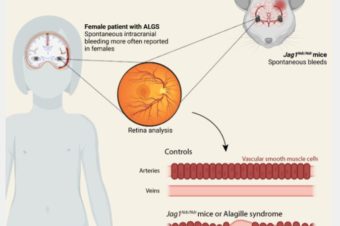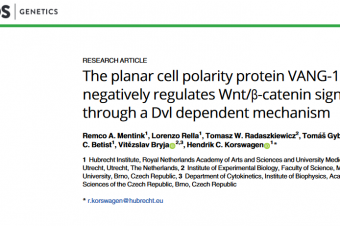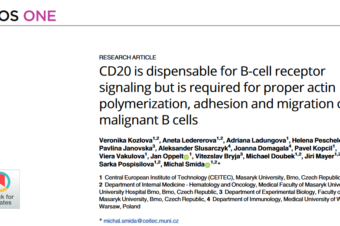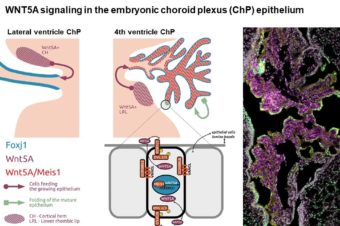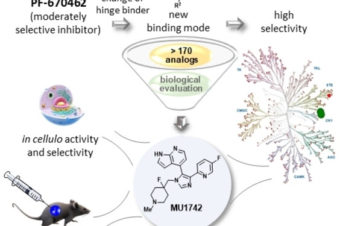Although the production of engineered nanoparticles increases our knowledge of toxicity and mechanisms of bioactivity during relevant exposures is lacking. In the present study, mice were exposed to PbO nanoparticles (PbONP; 192.5 µg/m3; 1.93 × 106 particles/cm3) for 2, 5 and 13 weeks through continuous inhalation. The analyses addressed Pb and PbONP distribution in organs (lung, liver, kidney, brain) using electrothermal atomic absorption spectrometry and transmission electron microscopy, as well as histopathology and analyses of oxidative stress biomarkers. New LC-MS/MS methods were validated for biomarkers of lipid damage F2-isoprostanes (8-iso-prostaglandins F2-alpha and E2) and hydroxylated deoxoguanosine (8-OHdG, a marker of DNA oxidation). Commonly studied malondialdehyde was also measured as TBARS by HPLC-DAD. The study revealed fast blood transport and distribution of Pb from the lung to the kidney and liver. A different Pb accumulation trend was observed in the brain, suggesting the transfer of NP along the nasal nerve to the olfactory bulbs. Long-term inhalation of PbONP caused lipid peroxidation in animal brains (increased levels of TBARS and both isoprostanes). Membrane lipid damage was also detected in the kidney after shorter exposures, but not in the liver or lung. On the contrary, longer exposures to PbONP increased levels of 8-OHdG in the lung and temporarily increased lung weight after 2 and 5 weeks of exposure. The histopathological changes observed mainly in the lung and liver indicated inflammation and general toxicity responses. The present long-term inhalation study indicates risks of PbONP to both human health and the environment.
Read the whole story here.
